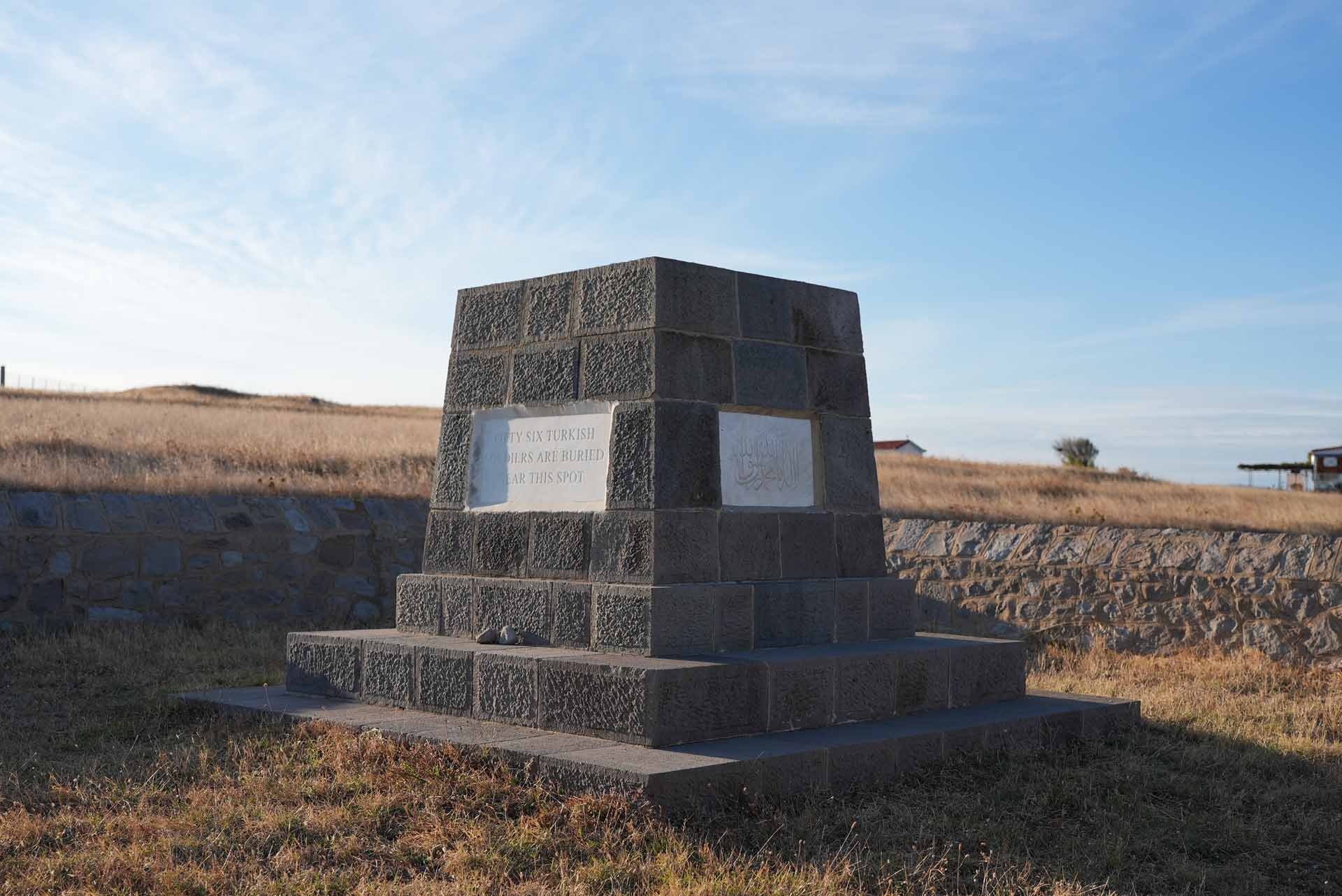The Gallipoli Campaign was one of the most significant events in the eastern Aegean during the First World War. To support the campaign, the Greek government offered the Bay of Moudros as a military base for Allied forces. Before the land operations began, troops from the ANZAC (Australian and New Zealand Army Corps) arrived on the island. The Allied navy filled Lemnos’s harbours, establishing military facilities, field hospitals, and transportation networks linking the island to the Gallipoli Peninsula.
Formed in 1914, the ANZAC corps was created to support Britain during the First World War, as Australia was part of the British Commonwealth. The first 3,200 ANZAC troops landed on Lemnos in March 1915. By 25 April, when the initial landings on Gallipoli began, the ANZAC forces had already built field hospitals and were treating casualties from earlier naval battles near Gallipoli and the Dardanelles Strait. Australian volunteers, many of them women, worked alongside military medics to care for the wounded.
In late April, ANZAC troops joined British and French forces in the landings on the Gallipoli Peninsula. Over the following months, despite the Ottomans’ fierce defence and the harsh conditions, Australian and New Zealand soldiers made gains, repelled counterattacks, and held their ground. These efforts came at a steep cost, with 18,000 ANZAC troops killed or wounded.
Back on Lemnos, medical teams faced immense challenges, including flooding in the camps, scorching summer heat, swirling dust, and German aerial bombings over Moudros. Meanwhile, the number of dead and wounded from Gallipoli steadily increased, arriving on the island in their hundreds.
By September 1915, the Gallipoli campaign had devolved into trench warfare. Reinforcements were insufficient to counter the exhaustion and disease plaguing the troops, which worsened during the harsh winter months. Ultimately, the Allied forces were forced to withdraw, with ANZAC soldiers gradually relocated to Lemnos before being transported back to Egypt.
The Gallipoli campaign failed to achieve its objectives for the Allies and claimed thousands of lives far from their home. However, the hardships endured by Australian and New Zealand soldiers forged bonds with the locals of Lemnos, who continue to honour their sacrifices. Nearly 200 ANZAC soldiers rest in the Commonwealth cemeteries on the island.






















